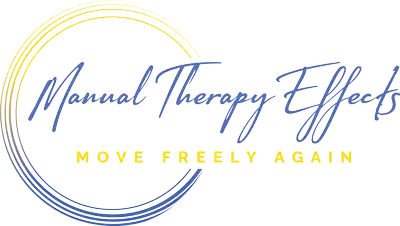UPDATED from 2014: My work revolves around biomechanics and how it influences our musculoskeletal system. I did not come from a running background. I played ball sports and splashed in a pool (swimmer) as a youth. Running would seem like it would be part of human nature. For some yes, I think most of us less so. From my own personal experiment of tweaking my running mechanics, addressing my own imbalances (muscular), and adopting a different training method, I can say that despite my training load for Ironman races, I have happily staved off the dreaded injury bug through most of them (12 in the last 9 years as of 2017).
In my own assessment, I was a subtle heel striker and an upright runner. This meant I was “riding the brakes” as I was running and “muscling” through my run, instead of allowing gravity to assist me in my forward propulsion and having my foot land under my center of gravity versus in front of it. There was never a run of more than 10 miles where I felt like I wasn’t hit by a truck the next day. The recovery would take days. In my search of ideal running form, I happened upon an opportunity to attend a running clinic by one of the many “running gurus”. After having skimmed over many of the “gurus” out there, they are all pretty much aiming to achieve the same type of form (a midfoot strike) just approaching it slightly differently. I began to apply this “technique” in my runs and with time and a lot of patience to alter my neuromuscular patterning, it started to pay off. I felt better after runs (even the long ones of more than 10 miles) with little or no leg soreness just fatigue. I was running faster and best of all, I was not experiencing any of my previous “injuries” that I had dealt with before. This all took place BEFORE I changed my training methods. This was not a short term process. It took a ton of repetition and focus to make the changes, but for me, it was TOTALLY worth it. To this day, I still go through my mental form awareness checklist (this is something I made up for myself).These are the same techniques I use with my running clients who quite often come to me with the typical running injuries (anterior knee pain, IT band syndrome, plantarfasciitis, “shin splints”). That’s why you see a PT…to have them fix what you broke or , at least, help point you in the right direction. I am a firm believer that it isn’t WHAT you do that hurts you, it is HOW you do it. The majority of the injured runners I have seen are heel strikers to varying degrees and usually run for fitness or recreationally. They also typically have a muscle imbalances (many of us do) that need to be addressed. Once the pain is managed and they have implemented the appropriate strength and flexibility exercises, only then do I reintroduce running activities to them. I have encouraged many of them to make changes to their form so as to minimize their risk of injury with great success. Many of them find that it feels “easier”. And soon enough they go about running injury free.
Some clients swore off running because their knees hurt, I had them play with their running form. Their old ways had their knees hurting within a mile. Trying out the tweaks had them running pain free immediately. I advised them that they had to keep working at it (the form) so their body “reprogrammed” itself to run in this “biomechanically” efficient manner.
For those that have been told, running is bad for your knees, that’s a bad rumor. There is nothing in the literature that DIRECTLY correlates running to “wearing” your knees out sooner or causing osteoarthritis. I won’t go into details about this now. I will just reiterate what I said earlier, it’s not WHAT you do that hurts you, it’s HOW you do it. On the flip side, I’ve seen some top end runners and their form at first glance seems to be unorthodox relative to their elite counterparts. If they haven’t had injuries, then certainly don’t change what works. The old adage of “if it ain’t broke, don’t fix it.”
Of course some of you maybe thinking well what about the shoes? That’s a topic for another day, so stay tuned!
